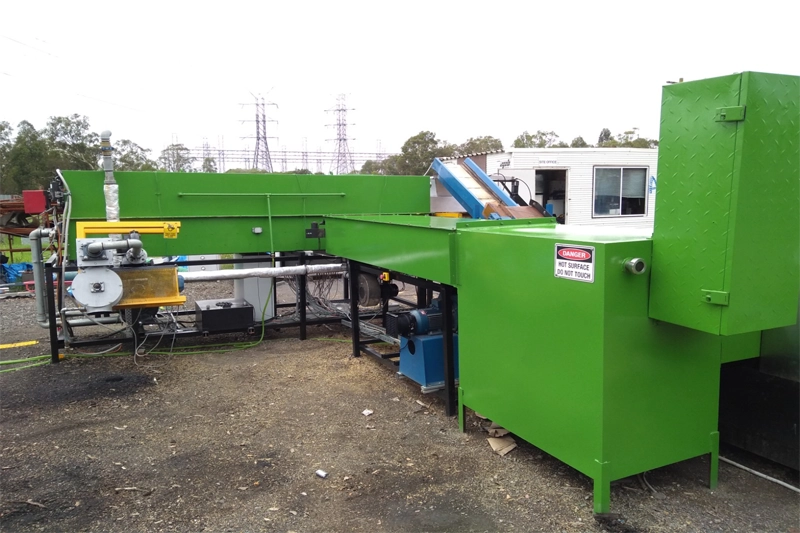Prospects and Challenges of Pyrolysis Technologies for Biomass Conversion

Pyrolysis for Energy Technologies: The studies assembled in this Special Issue of Energy Technology highlight the prospects and challenges of improved pyrolysis technologies for renewable fuel and chemical production. We thank all of our contributors and hope that our readership will share our excitement about this special issue.
Pyrolysis is the first step in any thermochemical biomass process. Under the non-equilibrium conditions of fast pyrolysis, the major product is liquid, variously known as pyrolysis liquid, pyrolysis oil, or bio-oil, which is the cheapest liquid fuel produced from biomass on the market today. Several companies are commercializing different aspects of pyrolysis technologies. However, pyrolysis oil is a low-quality product primarily used for processing heat and power generation. To achieve the full benefits of pyrolysis technologies, several advancements must be made to better improve the quality of pyrolysis products and the overall efficiency of the process. Several exciting new types of pyrolysis technologies are in various stages of development including: fractional pyrolysis, hydrotreating of pyrolysis oils, autothermal pyrolysis, hydropyrolysis, in situ catalytic pyrolysis, and ex situ catalytic pyrolysis. All of these technologies have the ultimate goal of pyrolyzing biomass into liquid products, gases, or coke, often in the presence of a catalyst that deoxygenates the pyrolysis vapors. Most commercial development of pyrolysis technology is empirical in nature, and still dependent on an Edisonian approach to innovation.
The purpose of this special Issue is to highlight recent advances in pyrolysis technologies and to discuss the critical research needs of this field. We think innovations in pyrolysis will advance more rapidly with improved understanding of the fundamental chemical, physical, and catalytic processes underlying pyrolysis technology. This issue came together by inviting several of the world's leading experts on fast pyrolysis to contribute to this special issue on topics of their choice. The result is a wide ranging exploration of the science and engineering challenges of pyrolysis energy technologies.


